Weeds overrunning my St. Augustine grass.
Drew G
3 years ago
Featured Answer
Sort by:Oldest
Comments (23)
dchall_san_antonio
3 years agoDrew G
3 years agoRelated Discussions
My St Augustine grass is mostly dead
Comments (16)It looks like it's about 2 weeks behind compared to other years but my 'Sapphire' st augustine is coming back with force now that it's warm. I guess it's not quite cold susceptible as I had thought, maybe a bit more cold hardy than Floratam. Still, I had a lot of winter kill that I had to remove. Still much better than Raleigh (very susceptible to fungal disease) and Palmetto (prone to SAD virus). Looks like maybe Palmetto got wiped out by hard freezes due to being weakened by virus??? Sapphire seem to be strongly resistant to fungal disease and SADV....See MoreNeighbours St Augustine Grass overtaking my yard
Comments (13)I believe if you water it normally and mow high, St Augustine will march through and take over almost every grassy plant with the exception of some weeds which have slightly coarser blades and also grow tall. Crabgrass can get a hold and hang on toe to toe, but bermuda and other fine bladed grasses seem to have absolutely no chance against St Aug. Here are two pictures of my current back yard. I have not purchased any St Augustine. At first there was a thin line of it surviving against the concrete patio. I nurtured it along and you can see the results after 5 years. 2014 2019 The St Augustine stops at the line about half way between the dog and the bottom of the picture. I mow the weeds low and the St Aug high, so the line is fairly clear. This year it is down to the bottom of the picture and still spreading. The original "lawn" was a mix of dormant bermuda and prairie grasses like buffalo and the ubiquitous King Ranch bluestem....See MoreHow can I get rid of other grass growing in my St. Augustine
Comments (8)I was thinking the same thing. You can't get rid of bermudagrass without killing the St. Augustine. The good news is the St. Augustine stolons grow a half inch a day in the summer. So killing the yard and starting over wouldn't take long. You say the front yard is nearly perfect so in the perfect areas use some of your yard as a nursery and plug the back. The front will recover quickly and the back will soon be looking as good as the front. The key is using the top labeled amount which could range from 3 to 5 ounces per gallon. Then to use it as soon as you can then in about 2 weeks. You should have pretty much wiped out the back lawn. I would then cut the grass as low as possible then plug all you can. Keep it well moist and then wait. I would think by the end of next year you should have a solid back yard. Good luck....See MoreHelp! my St. Augustine grass is dying
Comments (2)The grass is dry. That can happen from not enough moisture or from rotten roots not letting the water up. Are you getting puddles of water in the dry areas? Puddles can allow fungal rot to set in. If no puddles then the areas are not getting enough water. That could be due to sprinklers not adjusted right, runoff from hydrophobic soils, sandy soils allowing moisture to run through, or simply the idea that you need more than 1 inch per week this time of year. My guess is your sprinklers are not adjusted right. That's more of an educated guess because I can see what appears to be a circular shape on the grass in your big picture. Mid way up from center to the right side of the picture is a nice colored circle(ish) green. Outside of that is the dry area. If you put cat food cans perpendicular to the circle and turn on the sprinklers, you will probably see that the cans are not filling evenly....See Moredchall_san_antonio
3 years agoDrew G
3 years agoUser
3 years agodchall_san_antonio
3 years agoDrew G
3 years agodchall_san_antonio
3 years agoUser
3 years agodchall_san_antonio
3 years agoDrew G
3 years agoUser
3 years agoUser
3 years agoDrew G
3 years agodchall_san_antonio
3 years agoDrew G
3 years agodchall_san_antonio
3 years agoDrew G
3 years agodchall_san_antonio
3 years agoDrew G
3 years agoDrew G
3 years agodchall_san_antonio
3 years ago
Related Stories

EDIBLE GARDENSNatural Ways to Get Rid of Weeds in Your Garden
Use these techniques to help prevent the spread of weeds and to learn about your soil
Full Story
GARDENING GUIDES5 Great Grasses for a New Lawn
Learn about maintenance, wear tolerance, ideal climate and more for these top turf choices to pick the right one for you
Full Story
GARDENING GUIDES5 Weed-Smothering Ground Covers
Let these landscape plants do the dirty work of choking out weeds while you sit back and enjoy the view
Full Story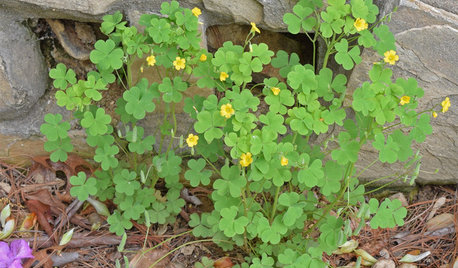
GARDENING GUIDESWhat Your Weeds May Be Trying to Tell You
An invasion of weeds can reveal something about your soil. Here’s what is going on and what to do about it
Full Story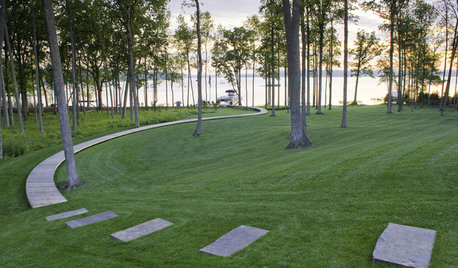
GARDENING GUIDESGive Your Turf the Fall Tune-up It Deserves
Treat your battered lawn to a little TLC this fall, and it will reward you with lush, healthy grass come spring
Full Story
LANDSCAPE DESIGN7 Low-Maintenance Lawn Alternatives
Turf isn't the only ground cover in town. Get a lush no-grass lawn with clover, moss and other easy-care plants
Full Story
GRASSESHow to Rock a Lawn
Weekend Project: The key to healthy grass begins with the soil. If turf works for you, here’s how to fix it and keep it looking its best
Full Story
FRONT YARD IDEASInspiring Alternatives to the Traditional Lawn
Consider the many attractive and ecologically friendly alternatives to turfgrass
Full Story
FATHER’S DAYHouzz Call: How Did Your Dad Shape Your Idea of Home?
For Father’s Day, share a memory of how your dad or stepdad taught you about the joy and hard work of maintaining a home
Full Story
EARTH DAYThe Case for Losing the Traditional Lawn
Work less, help the environment and foster connections by just saying no to typical turf
Full Story




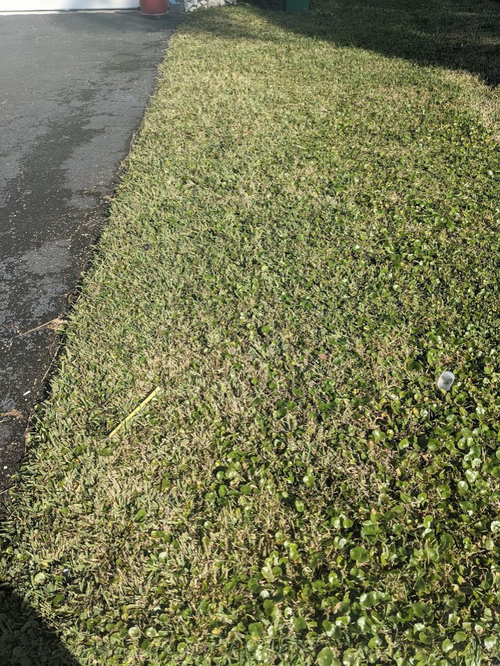
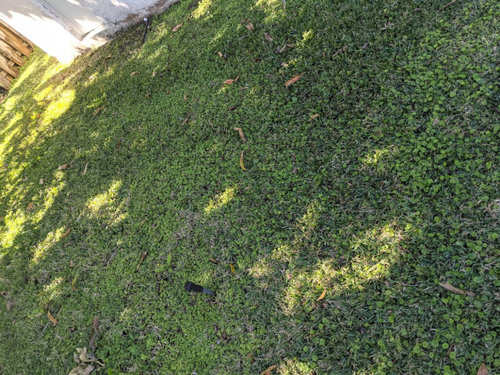

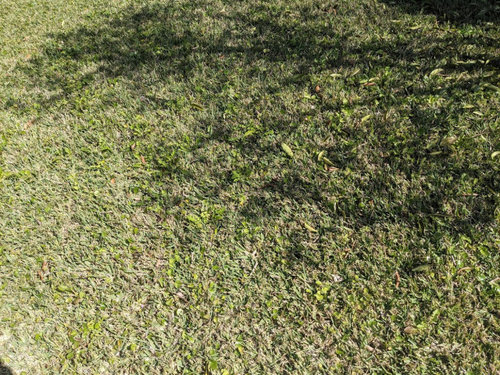



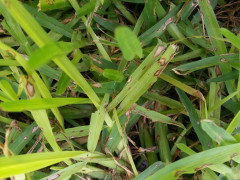

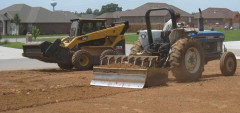


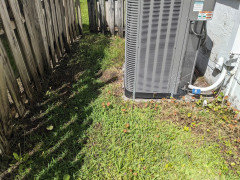
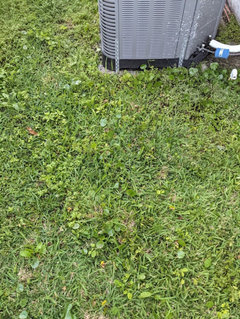
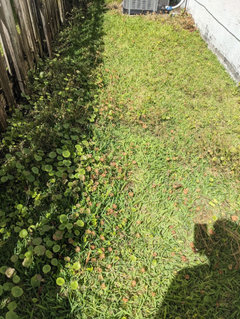




dchall_san_antonio